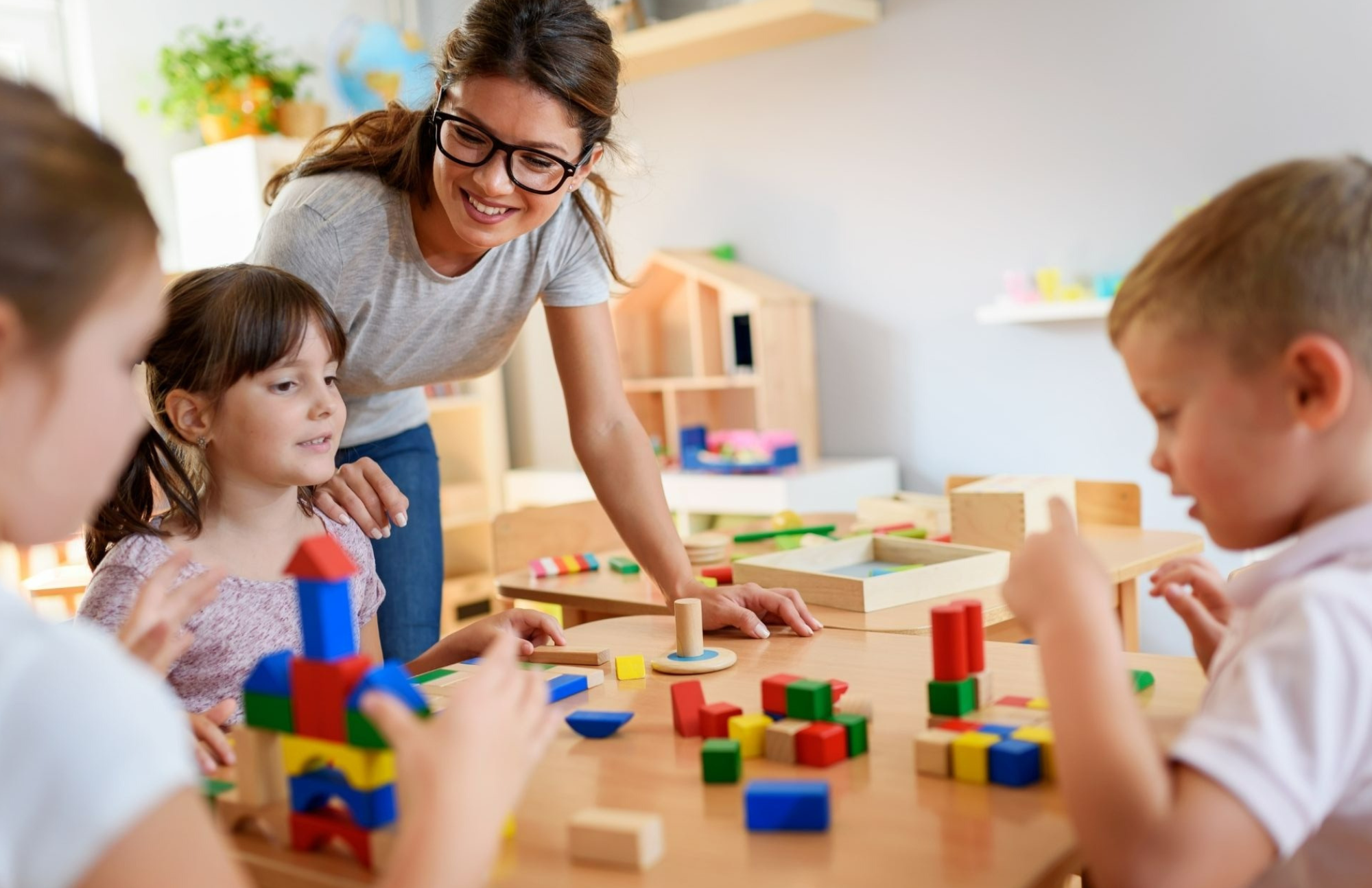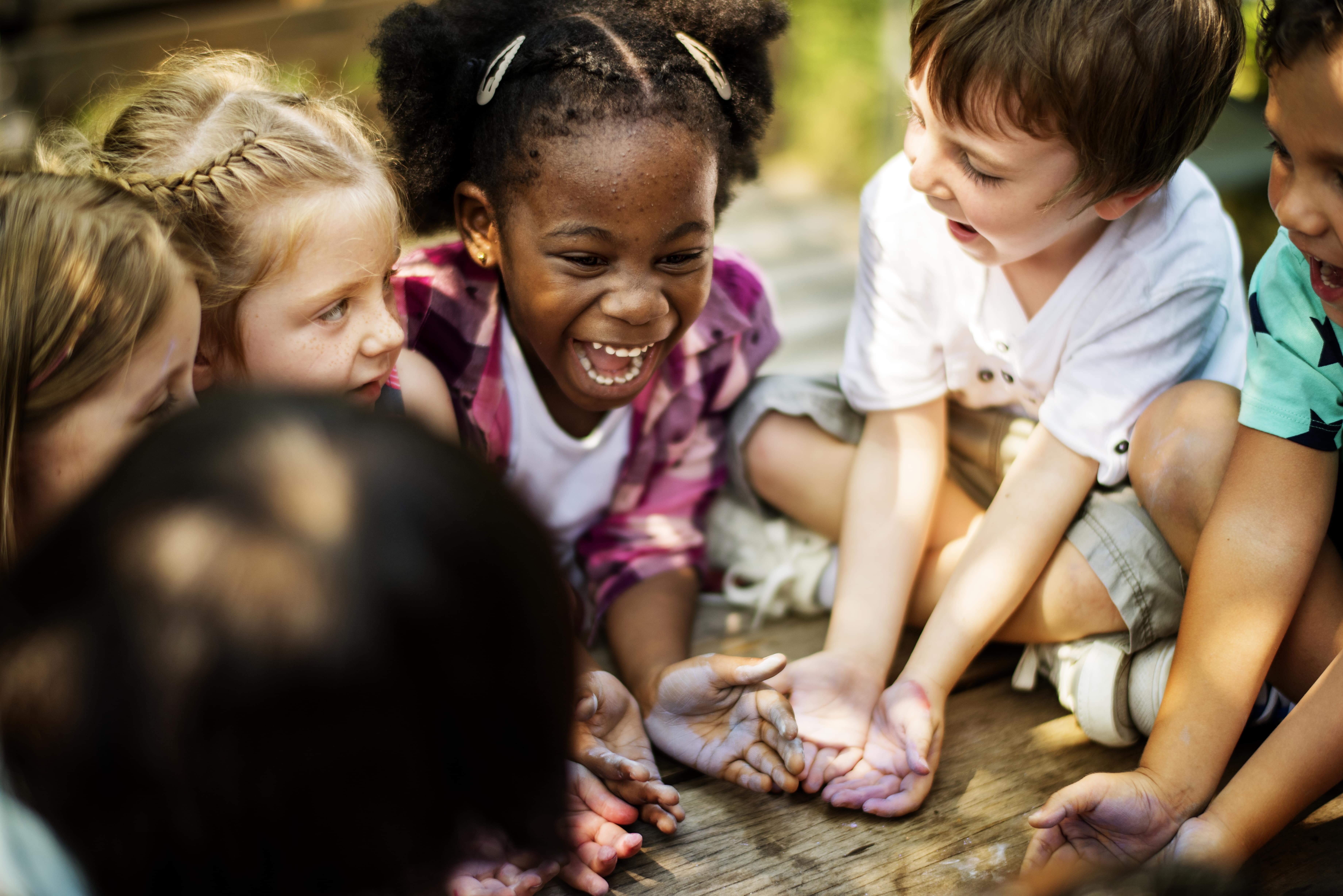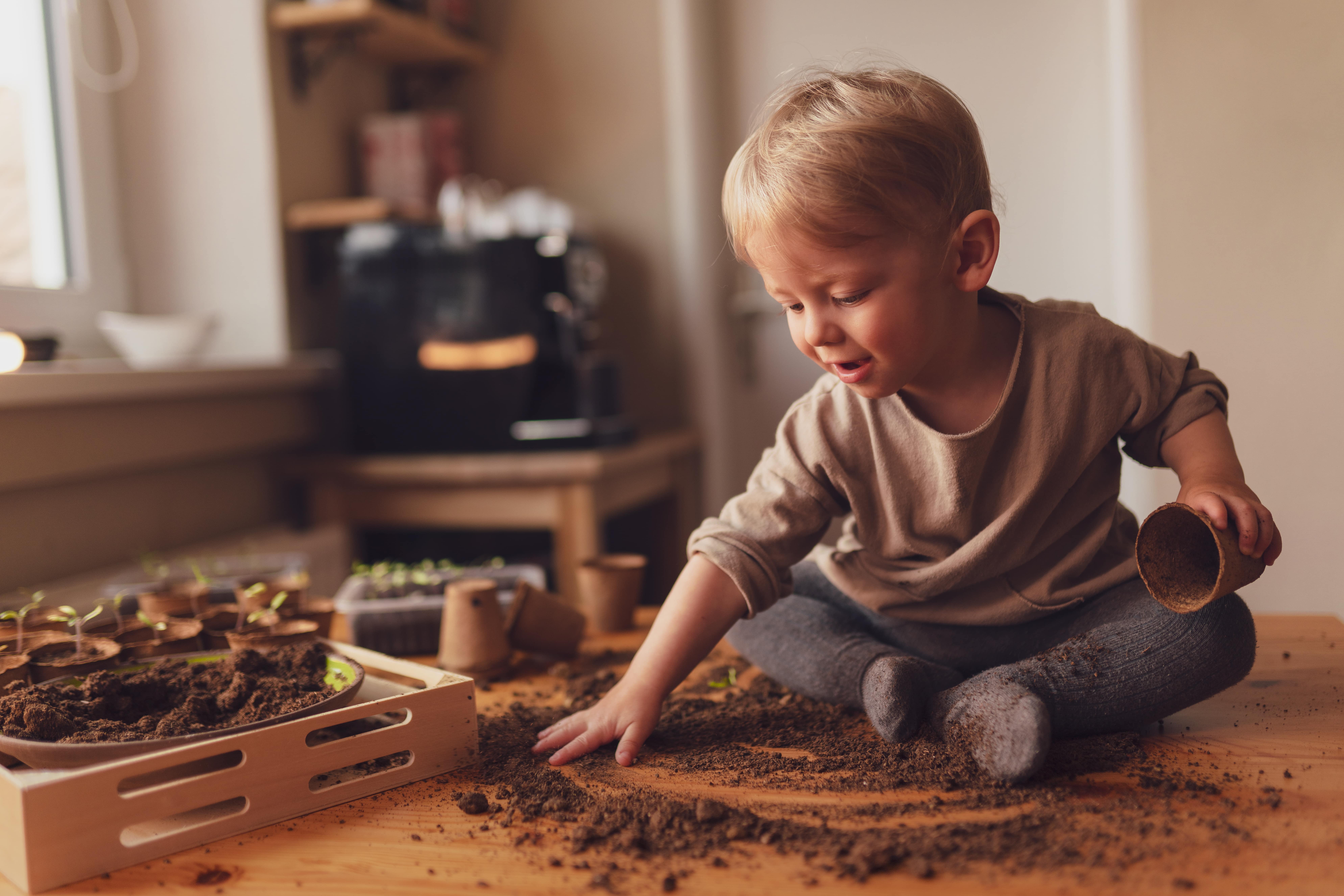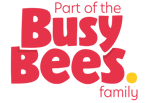Discover how our BeeCurious Curriculum helps children connect with nature and learn to care for the environment through hands-on, meaningful experiences!
As environmental challenges grow, it's helpful to teach young children simple ways to care for the planet in everyday life. The BeeCurious Curriculum rises to this challenge by embedding sustainability and environmental responsibility into the heart of early childhood education.
This approach doesn't just teach about nature, it connects children to the environment through hands-on, meaningful activities that nurture curiosity, care and respect for the world around them.
A Dedicated Focus on Environmental Learning
At BrightPath, environmental stewardship is not treated as an add-on. It is a focused, weekly learning area, and a core enrichment topic for toddler and preschool-aged children. Every week, educators plan and deliver one environmental activity with the intention of layering learning throughout the week. These activities are adapted to match children's interests and developmental levels, encouraging deep, sustained engagement.
The curriculum’s primary goal is to nurture:
- Respect for the natural world
- A sense of responsibility for caring for the planet
- Motivation to act as environmental stewards
Rather than using artificial materials, children engage with natural, sensory-rich elements. This could involve grinding herbs using a mortar and pestle, using flower petals to paint, or exploring textures and scents from leaves, pinecones or soil. These experiences invite open-ended inquiry, prompting questions like:
- Where did this come from?
- What happens when I mix these colors?
- How does this feel or smell?
Through these moments, children don’t just observe nature, they connect to it meaningfully.
Learning by Doing: Projects That Make an Impact
The BeeCurious Curriculum is built around active, hands-on learning. Children are empowered to participate in projects that demonstrate sustainability in action.
One standout example is the Mother’s Day Garden Project. Children collaboratively designed and planted a classroom garden dedicated to maternal figures in their lives. This activity celebrated care and growth, both in plants and in human relationships, while introducing key gardening skills and concepts.
Other impactful activities include:
- Building compost systems, reinforcing lessons in food waste and nutrient cycles
- Creating miniature ecosystems, such as the Arctic, Rainforest, Savannah, Salish Sea or local temperate forests. These models help children explore global biodiversity and climate differences.
- Making Natural Paint, children were invited to explore the taste and smell of herbs by grounding basil, mint and lavender, mixed them with water and used them to paint on paper. This sparked conversations on how herbs grow, where we find them, and how people use them in different ways
- Growing food from seed to harvest, which cultivates patience, responsibility and agency
Throughout these projects, children see the full life cycle of plants, understand the importance of biodiversity, and grasp cause-and-effect relationships in real time.
Impact Outside the Classroom
The BeeCurious Curriculum focuses on nurturing respect, responsibility and motivation towards caring for the natural world, inside and outside the classroom. We aim to inspire children to carry the lessons learned here into their homes. A significant example of this is a child who became passionate about recycling. She created a home system for sorting bottles and cans, enlisted her sibling’s help and started donating the money from bottle returns to the World Wildlife Fund.
This is the kind of real-world impact the BeeCurious approach aims for: empowering children to act on what they learn.
Challenges and Creative Solutions
One of the biggest challenges in early environmental education is consistency. It’s one thing to plant a seed, but another to water it every day and care for it as it grows.
To address this, the BeeCurious curriculum weaves environmental topics into multiple learning areas, not just science. By revisiting topics regularly, children internalize them. Nature walks, storytelling, dramatic play and even snack time are chances to reinforce stewardship concepts.
Family Involvement: Extending the Learning Beyond the Classroom
A key strength of the BeeCurious approach is its emphasis on family involvement. Families are encouraged to:
- Share stories, knowledge or traditions about nature
- Bring in artifacts or natural materials from trips or home
- Join classroom projects or speak about their professions (e.g. biologists, conservationists, Indigenous knowledge holders)
This collaboration connects classroom learning with children’s lived experiences and helps families adopt eco-conscious practices at home. Some have started backyard composting, become more mindful about recycling or introduce new conversations about sustainability during meals and playtime. These contributions help children connect classroom learning to real-life experiences.
What Families Are Saying
Feedback from families has been overwhelmingly positive. Many say their children are now using new vocabulary, like “compost,” “habitat” and “pollination,” and asking more thoughtful questions about nature.
Families also notice that these experiences are sparking family-wide conversations and changes, such as starting a backyard compost bin or being more mindful about recycling and waste.
Looking Ahead
The BeeCurious Curriculum not only helps children learn about nature, but they are forming deep, personal connections to it. They are becoming stewards, problem-solvers and change-makers.Our activities prove that even the youngest learners are capable of understanding and caring for the environment. With the right tools and support, these children aren’t just future leaders, they’re already making a difference.
Stay in the know and check us out on social media! Follow BrightPath on Facebook and Instagram for a variety of fun activities and daily inspiration.







